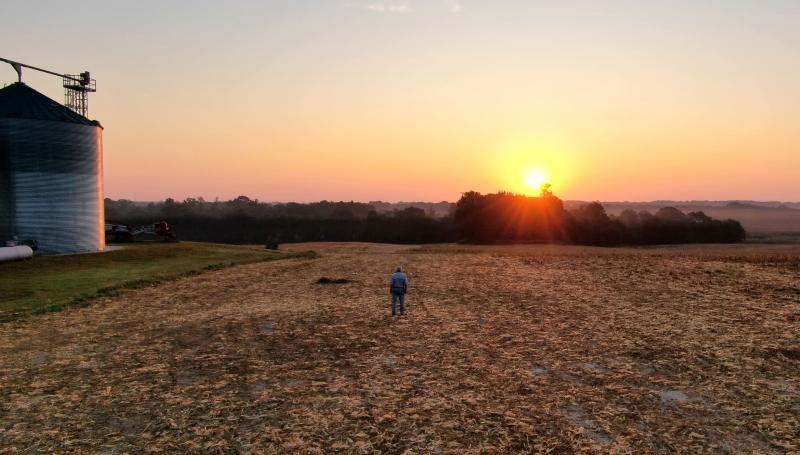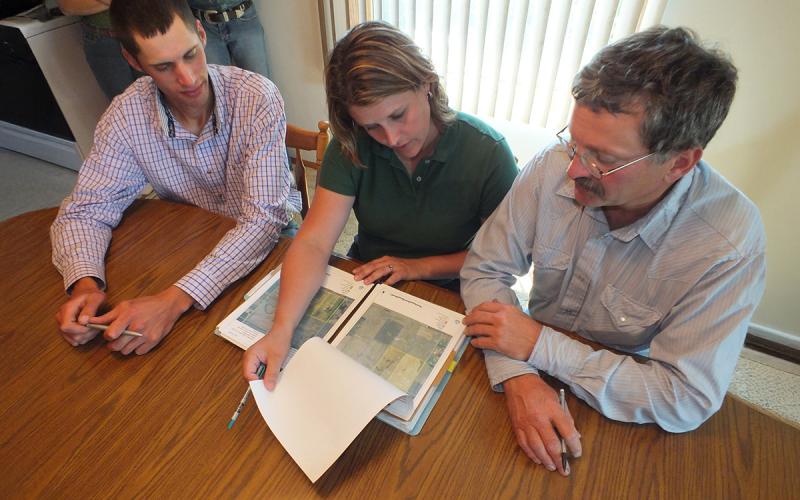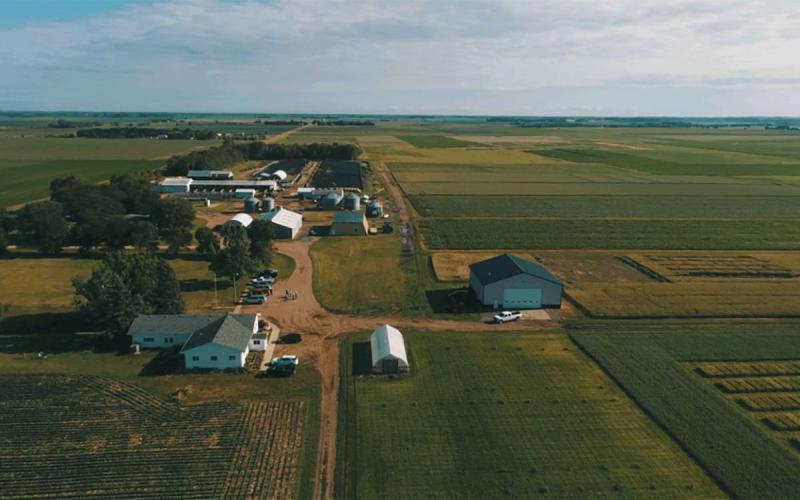
Written with contributions by Jack Davis, former SDSU Extension Crops Business Management Field Specialist.
This is the second article of a two-part series examining cash flow and income for South Dakota grain farms. Grain farming is facing a reduced income outlook for 2020. Unpriced old crop revenue has decreased and projected revenue for 2020 crop is reduced. Offsetting these decreases are chances that some input prices may fall, fuel related expenses and possibly higher payments from commodity title programs. The required control measures for COVID-19 has weakened the income outlook for farms.
There were already concerns about 2020 cash flows and income. In order to keep financial positions steady on most farms requires above trend yields and/or additional government aid. If the lower prices currently projected occur a combination of above trend yields, or additional government aid will be crucial to keep profits sufficient for most farms to avoid further financial weakening.
This article will look at crop insurance, prices for 2020 crops, and changes in input prices. Additional resources include South Dakota Grain Net Income Tool.
Crop insurance projected prices for the 2020 crop were $3.88 per bushel for corn and $9.17 for soybeans. These prices currently lower the safety net offered by crop insurance from its 2019 levels. The projected price of $3.88 for corn is $0.12 lower than 2019 projected price. The soybean projected price for 2020 is $0.35 per bushel below the 2019 level. The April 9 settlement price of the Chicago Mercantile Exchange contract for December corn is $3.51 per bushel. A $3.51 price would point to $0.37 per bushel decrease from the $3.88 level in February and would result in cash prices in east river South Dakota close to $2.80 at harvest. A $3.51 harvest price would not generate a crop insurance indemnity with Revenue Protection (RP) unless the farm had a yield decrease. If actual yields are at guarantee levels, harvest price must fall below $2.91 before a 75% RP policy would make a payment.
The April 9 settlement price of November contract on soybeans is $8.71 per bushel. An $8.71 price is a $0.46 decline below the 2020 projected price. New crop bids in east river South Dakota are near $8.00 per bushel. An $8.71 harvest price would not create an RP payment unless there was a yield decline. With yields at guarantee levels, harvest prices would have to be below $6.88 per bushel for a 75% level RP policy would have a payment.
Current levels of futures prices would indicate lower cash prices for 2020, close to $3.00 for corn and $8.00 for soybeans in east river South Dakota. It would take yield declines for crop insurance to generate payments at the current level of futures prices. The virus has brought about a decline in revenue of $67 per acre for corn (180 bushel per acre yield x $0.37 per bushel price decrease) and $23 per acre for soybeans (50 bushel per acre yield x $0.46 per bushel price decrease).
If the current price levels persist through the 2020 marketing year commodity title programs will increase. The effective price for corn is $3.70, currently expected prices would be less than that level. PLC payments in the $20 to $45 per acre level for corn in east river South Dakota. The expected impact of COVID-19 would be increased payments for corn base acres. These payments would be received in October 2021.
Current prices if carried through the 2020 marketing year would not result in large payments for soybean base acres. Soybean prices would have to average below $8.40 per bushel to trigger a payment. ARC-CO will not generate payments without yield declines at the county level. The 2019 benchmark price for soybeans is $9.25, so prices must fall below $7.96 ($9.25 x .86 guarantee) to create payments, without yield decreases below the guarantee.
Using the futures market as a guide the current price declines would not generate ARC-IC payments for 2020.
Input prices could decline. As fuel use drops, energy related costs may decline. The most likely are nitrogen, fuel, and drying costs. Interest rates are expected to stay low to provide stimulus. These decreases in input costs may be minimal as currently nitrogen is up from fall prices, fuel prices will be lower but are not a large portion of farm expense and many farms in South Dakota may already have fuel costs locked in for the 2020 year.
The expected price declines have greater impacts than any rise in program payments or reductions in expenses. Given expected prices, an increase above trend yields or government aid is needed to generate income levels where financial deterioration does not occur.
References
March 1, 2020 Grain Stocks Released March 31, 2020, by the National Agricultural Statistics Service (NASS), Agricultural Statistics Board, United States Department of Agriculture (USDA). Agriculture Marketing Service, USDA, Weekly East River South Dakota Grain Prices.

